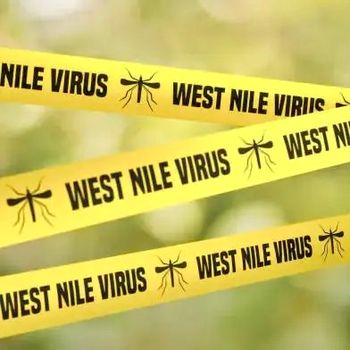
Two deaths and eight infections in Italy highlight the need for enhanced surveillance, proactive vector control, and cross-border collaboration in Europe and beyond.

Two deaths and eight infections in Italy highlight the need for enhanced surveillance, proactive vector control, and cross-border collaboration in Europe and beyond.
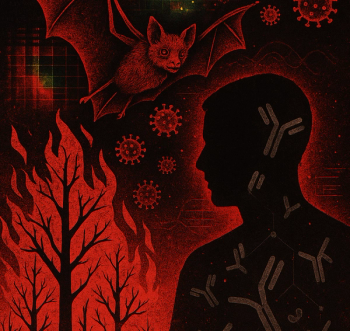
Jyothi N Purushotham, PhD, and Holly L Lutz, PhD, call for integrated immunological and ecological strategies to counter fast-evolving viral threats.

Jeff Freiberg, MD, PhD, on the rising emerging infection concerns of dengue, mpox, measles, and H5N1 influenza in clinical practice.
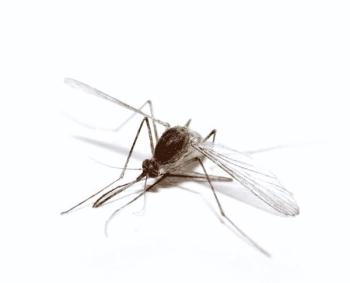
Oropouche fever, primarily found in Central and South America and the Caribbean, has seen a dramatic increase in cases in Brazil.

P aeruginosa is found in 11.6% of diabetic foot infection cultures from hot, humid climates.

A new study confirms the growing belief and evidence this vector-borne diseases will increase and see a greater burden globally.
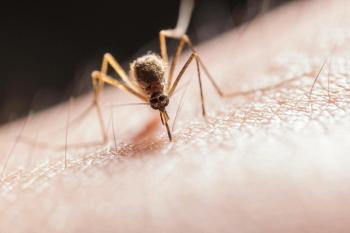
A new survey reveals that infectious disease virologists, epidemiologists and clinicians see the need to address gaps in surveillance programs to identify emerging pathogens, public health funding and testing infrastructure capabilities.

Examining the implications and challenges of coccidioidomycosis, histoplasmosis, and blastomycosis diagnosis during the COVID-19 pandemic.
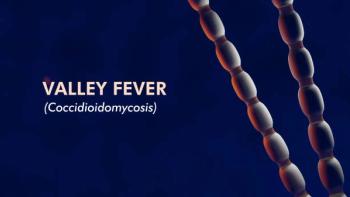
A comprehensive look at coccidioidomycosis (valley fever) through diagnosis, treatment, prevention, and climate change impact.
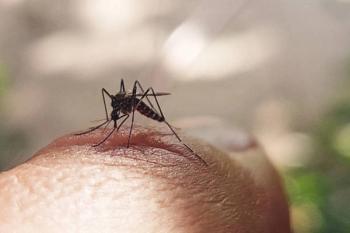
Rising dengue incidence in Puerto Rico signals broadening health concerns.

The assay, the cobas Malaria test, is manufactured by Roche, and will be available in the United States at the end of Q2 2024.
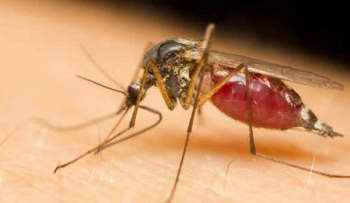
The increase highlights the threat posed by climate change and the need for innovative preparedness, prevention, and mitigation tools.
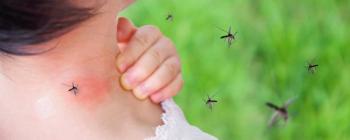
How acute malnutrition undermines Malaria in children under 5 years old.
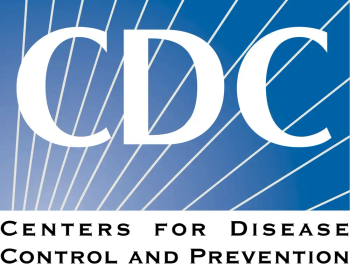
CDC on enhancing strategies against drinking water diseases.
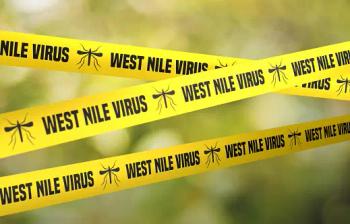
Climate change's role in the expanding threat of vector-borne diseases.
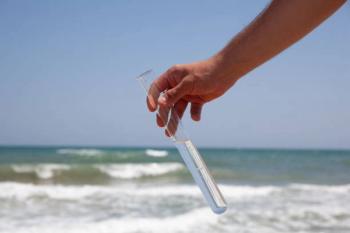
A rise in cases of the waterborne pathogen.
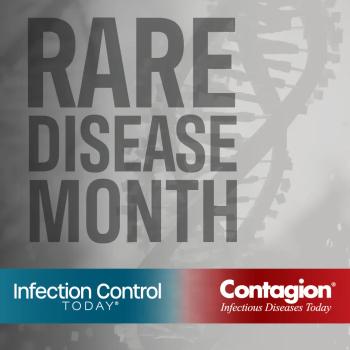
Innovative treatments, challenging prevention, and impact of climate change.
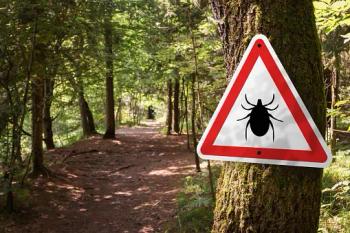
The impact of the new surveillance criteria on case identification.
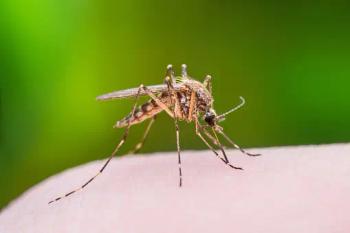
Study offers new insight into the relationship between Zika Virus and Dengue Virus in tropical regions.
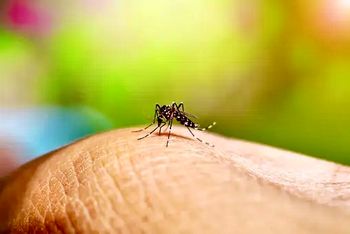
CDC's preventive strategies against the world's most prevalent mosquito-borne disease.
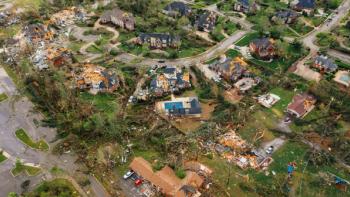
Hurricane season is accompanied by an uptick in infectious diseases associated with environmental and water exposures.
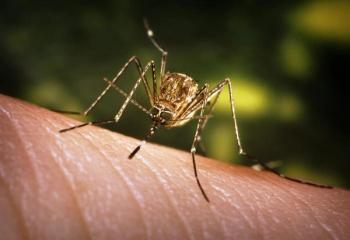
The vaccine is steps behind another Chikungunya vaccine candidate from Valneva, which is currently under priority review by the FDA.

The federal agency has identified a total of 5 cases in Florida and Texas within the last two months.

Even low levels of air pollution make COVID-19 worse, this study found. Air pollution exposure was associated with more severe disease, longer hospitalization periods, and an increased likelihood of intensive care admission.
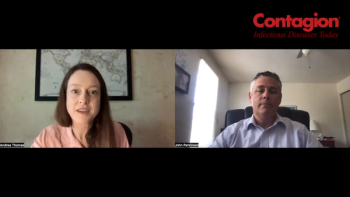
A company has developed an intelligence platform for better understanding influenza and other viral trends.
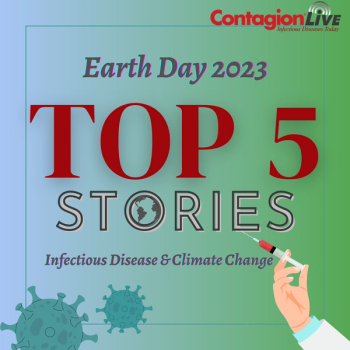
The floods, heat waves, droughts, and other calamities caused by excessive greenhouse gas emissions also make us more vulnerable to ill effects of pathogens such as bacteria, viruses, plants and fungi.
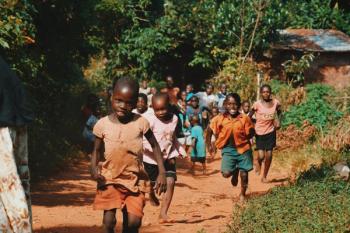
The R21/Matrix-M vaccine can now be used in Ghana and could help in the prevention of a vector-borne disease that kills over 600,000 people annually.
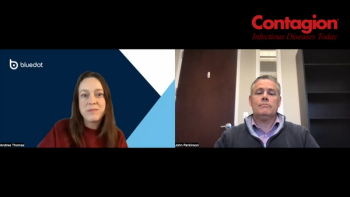
Climate change is causing ticks and mosquitos to migrate further north and with them comes disease, previously not seen in these geographic areas. One company is using data to model predictive vector habitats to help organizations and governments identify patterns and help prevent the spread of such diseases.
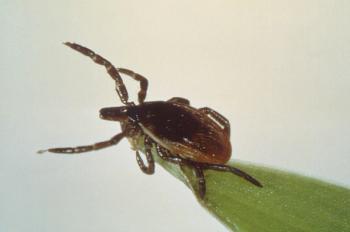
The incidence rate of babesiosis in Maine, Vermont, and New Hampshire saw a dramatic increase over a multiyear period and saw an increase overall in other states where the disease is endemic.
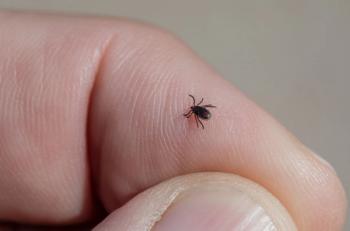
With evolving weather patterns, the natural habitat of ticks is expanding, and more people are becoming susceptible to them.